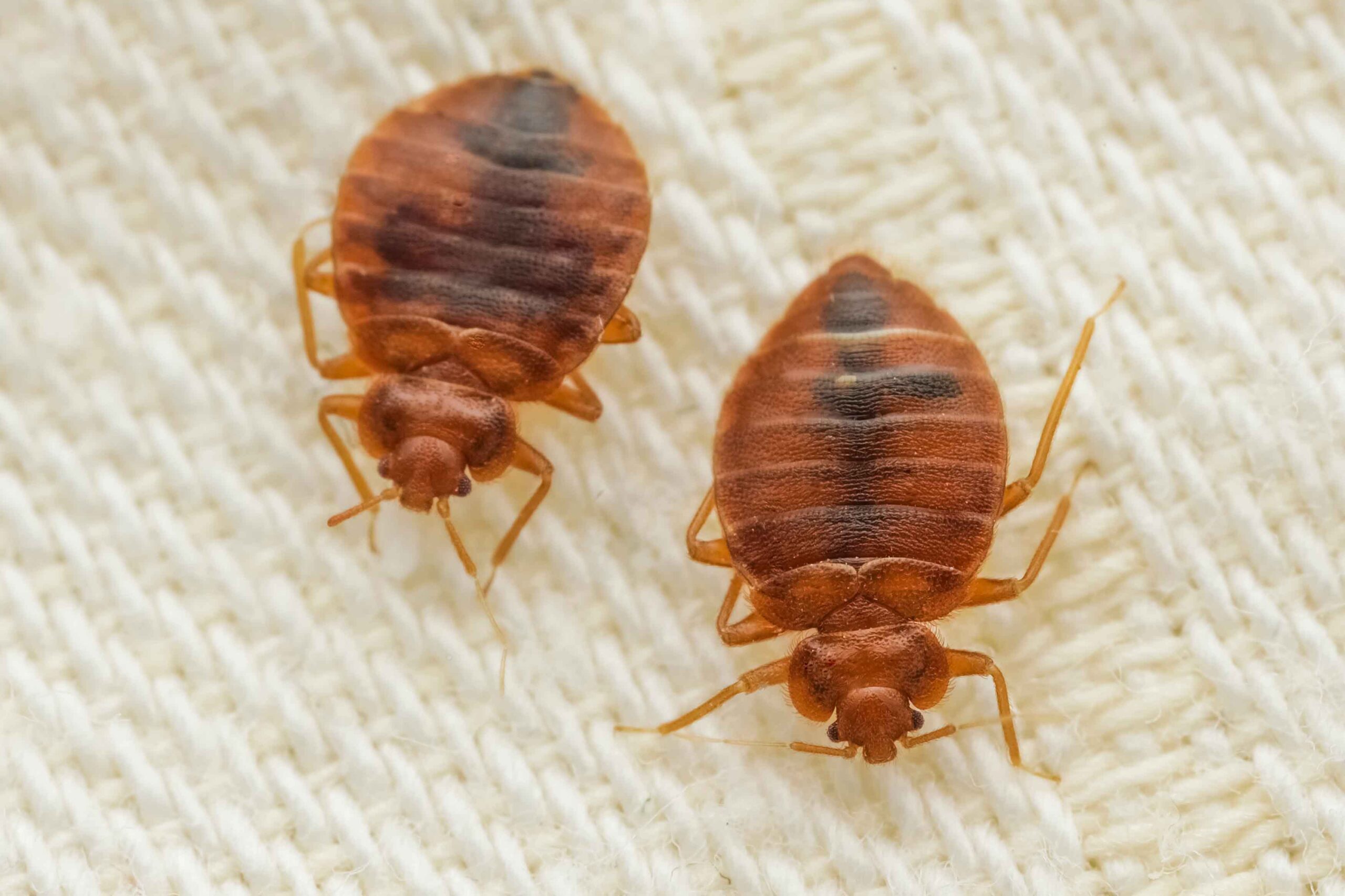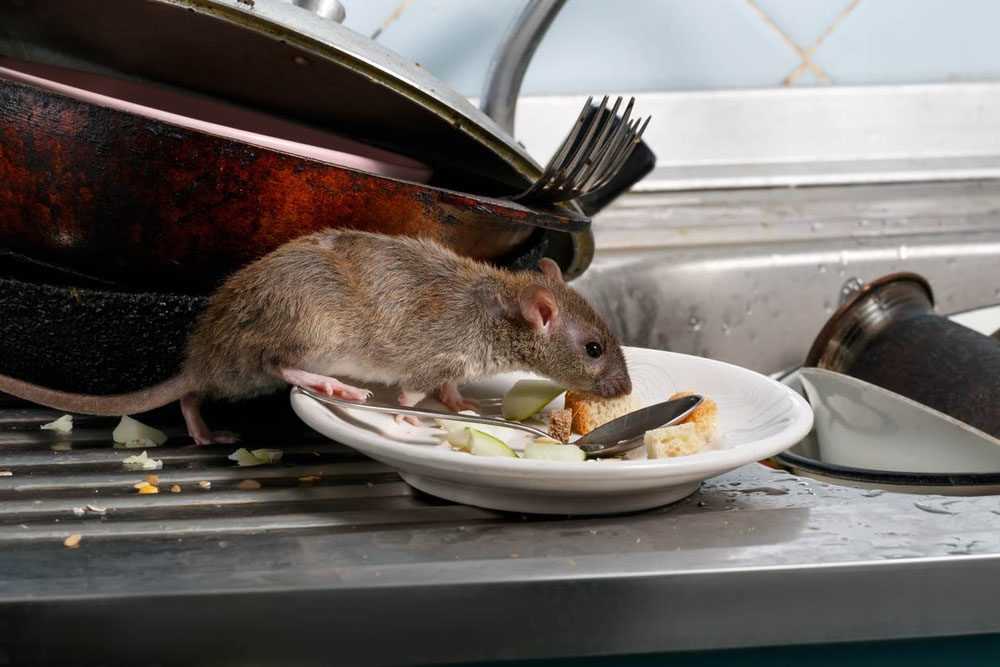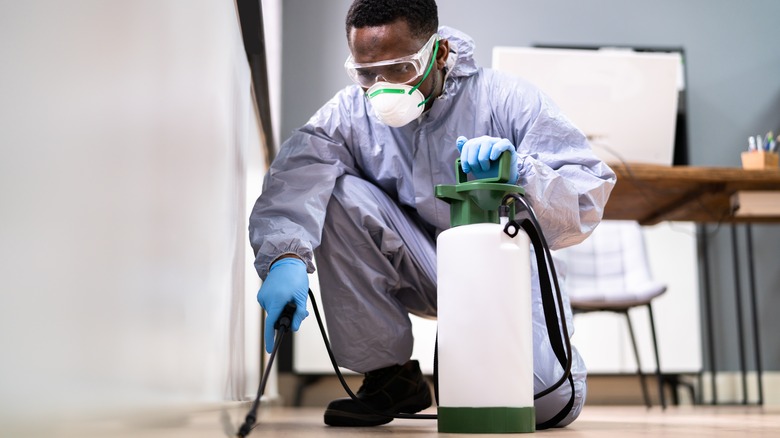Fleas are small but mighty in their ability to create big problems for homeowners and pet owners alike. These pesky parasites can infest your home, biting people and pets, and spreading diseases or causing allergic reactions. Dealing with a flea infestation can feel like an uphill battle, especially since these tiny creatures multiply quickly. Fortunately, Alliance Pest Services offers expert, personalized solutions to help you reclaim your home from fleas and enjoy a pest-free life.
Here are some tips to get you started.
Recognizing the Signs of a Flea Infestation
Fleas can be sneaky, but they leave telltale signs of their presence. The first clue is often the behavior of your pets. If your dog or cat is scratching excessively, seems unsettled, or is biting their fur, you might be dealing with fleas. Check your pet’s fur closely for tiny, reddish-brown bugs or black specks, which could be flea dirt (their droppings).
Another common sign is bites on humans. Flea bites are typically small red bumps that appear in clusters, often around the ankles and legs. In addition, you might notice fleas hopping on carpets, pet bedding, or furniture. Addressing these signs early is crucial to stopping the infestation from spreading.
Why DIY Efforts May Fall Short?
It’s natural to reach for over-the-counter sprays or flea bombs when you discover an infestation, but these methods often fall short for several reasons. Fleas have a resilient life cycle, including eggs, larvae, pupae, and adults. Many store-bought solutions only kill adult fleas, leaving the eggs and larvae to mature and restart the problem.
In addition, fleas often hide in hard-to-reach places like carpets, cracks in flooring, and the base of furniture, making complete eradication difficult without the right tools and expertise. DIY treatments can provide temporary relief, but to truly rid your home of fleas, a more thorough approach is needed.
Effective Flea Control Tips for Homeowners
1. Treat Your Pets First
Start by dealing with the source of the infestation. Bathe your pets with flea-specific shampoos and follow up with approved topical or oral flea treatments recommended by your veterinarian. Remember that treating your pets alone is not enough; you’ll also need to address fleas hiding around your home.
2. Wash and Vacuum Thoroughly
Fleas lay eggs on soft surfaces like carpets, beds, and pet blankets. Wash all pet bedding, rugs, and linens in hot water to kill flea eggs and larvae. Vacuum your entire home, paying extra attention to areas where your pets spend a lot of time, such as couches and corners. Dispose of the vacuum bag immediately to avoid reinfestation.
3. Treat Both Indoors and Outdoors
Fleas can travel in from your yard, so don’t forget to treat your outdoor spaces. Keep your grass trimmed, remove yard debris, and use flea-specific yard sprays to minimize infestation risks. Indoors, consider using flea traps and diatomaceous earth as natural treatment options.
4. Call in the Experts
While these steps help mitigate the problem, tackling a full-blown flea infestation often requires professional intervention. Professional exterminators provide comprehensive flea control treatments that address every stage of the flea life cycle. From customized indoor treatments to outdoor prevention, their experts ensure every corner of your home is protected.
Conclusion
Fleas aren’t just a nuisance, they can affect your family’s health and your home’s comfort. While DIY methods can help, they rarely eliminate the problem completely. By combining proactive measures with professional assistance, you can say goodbye to stubborn flea infestations for good.




